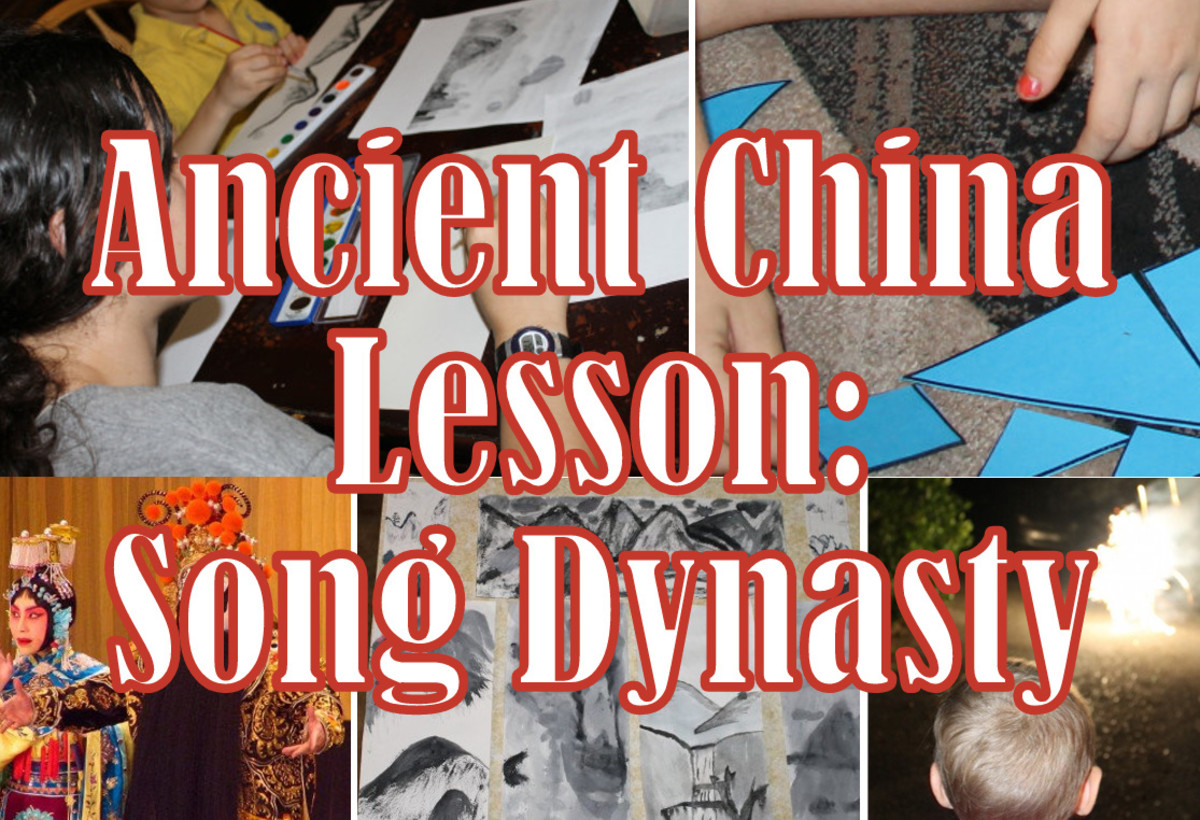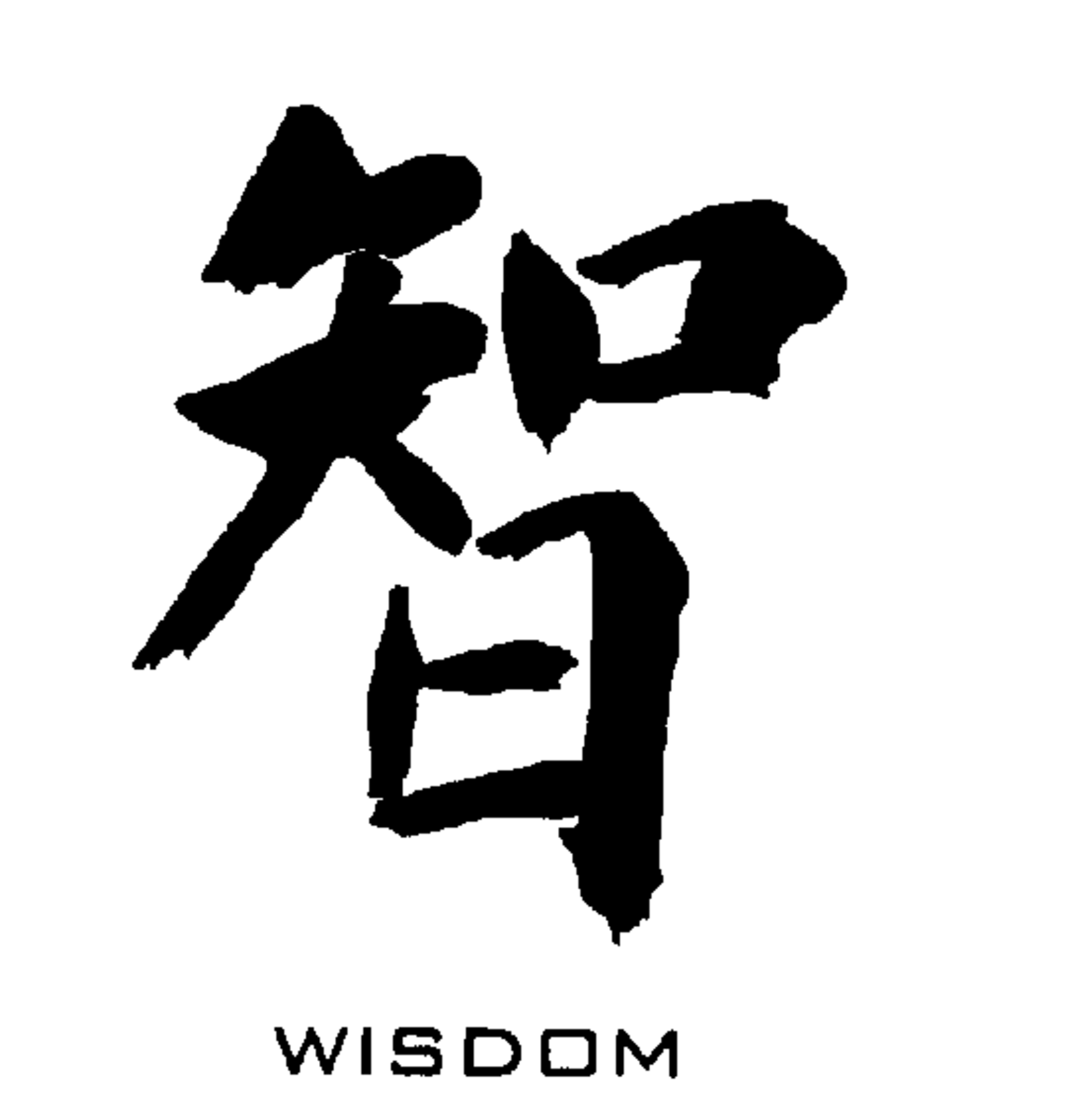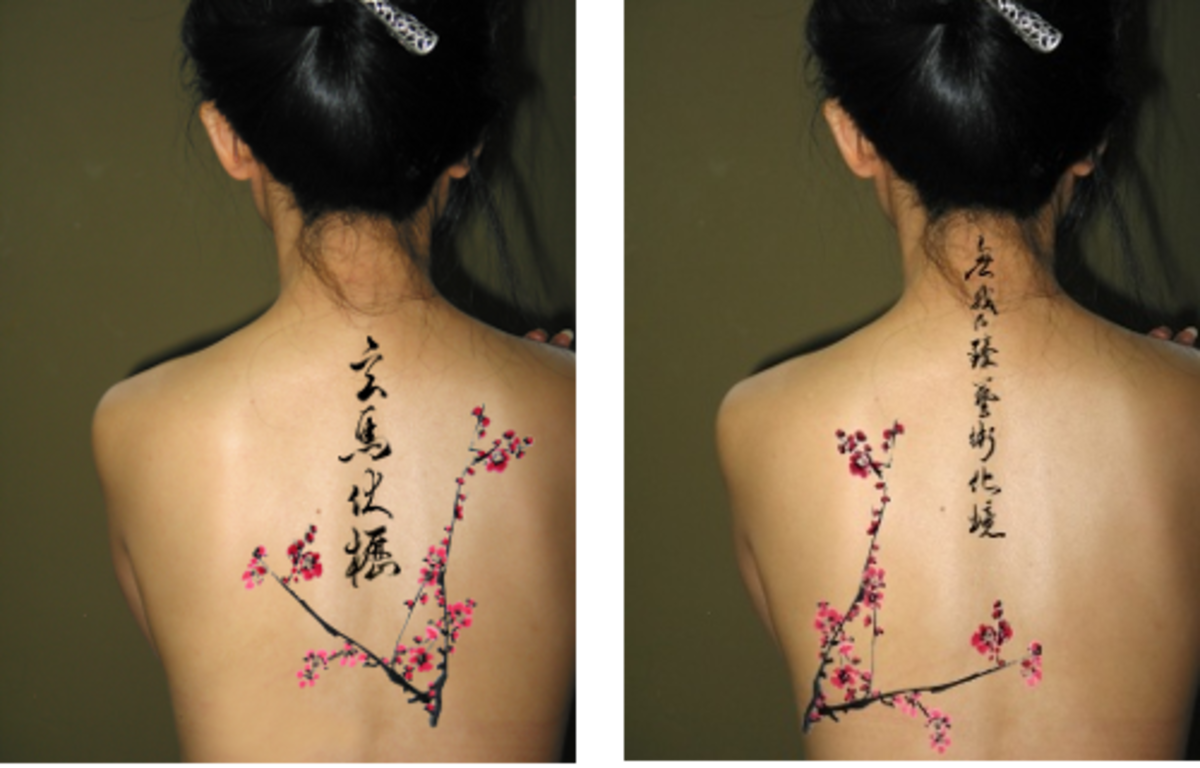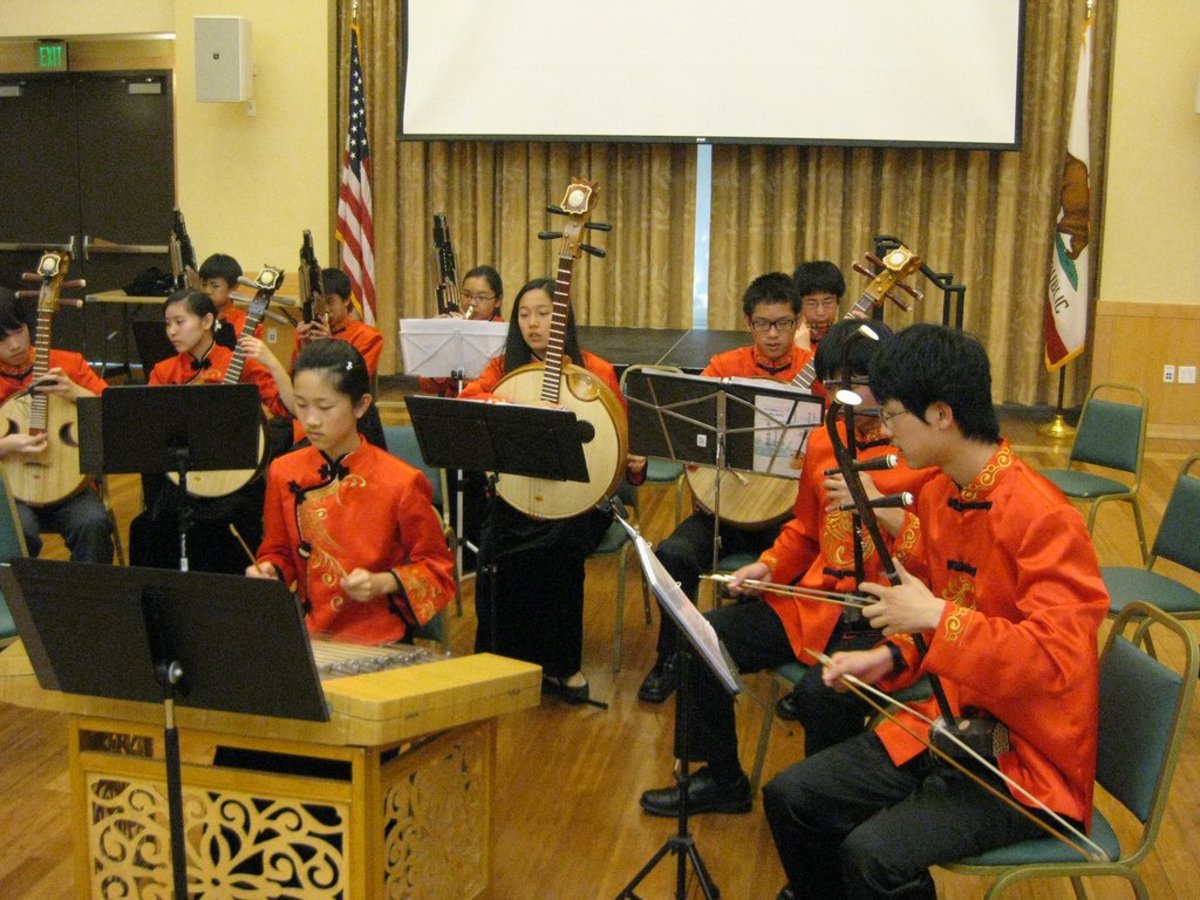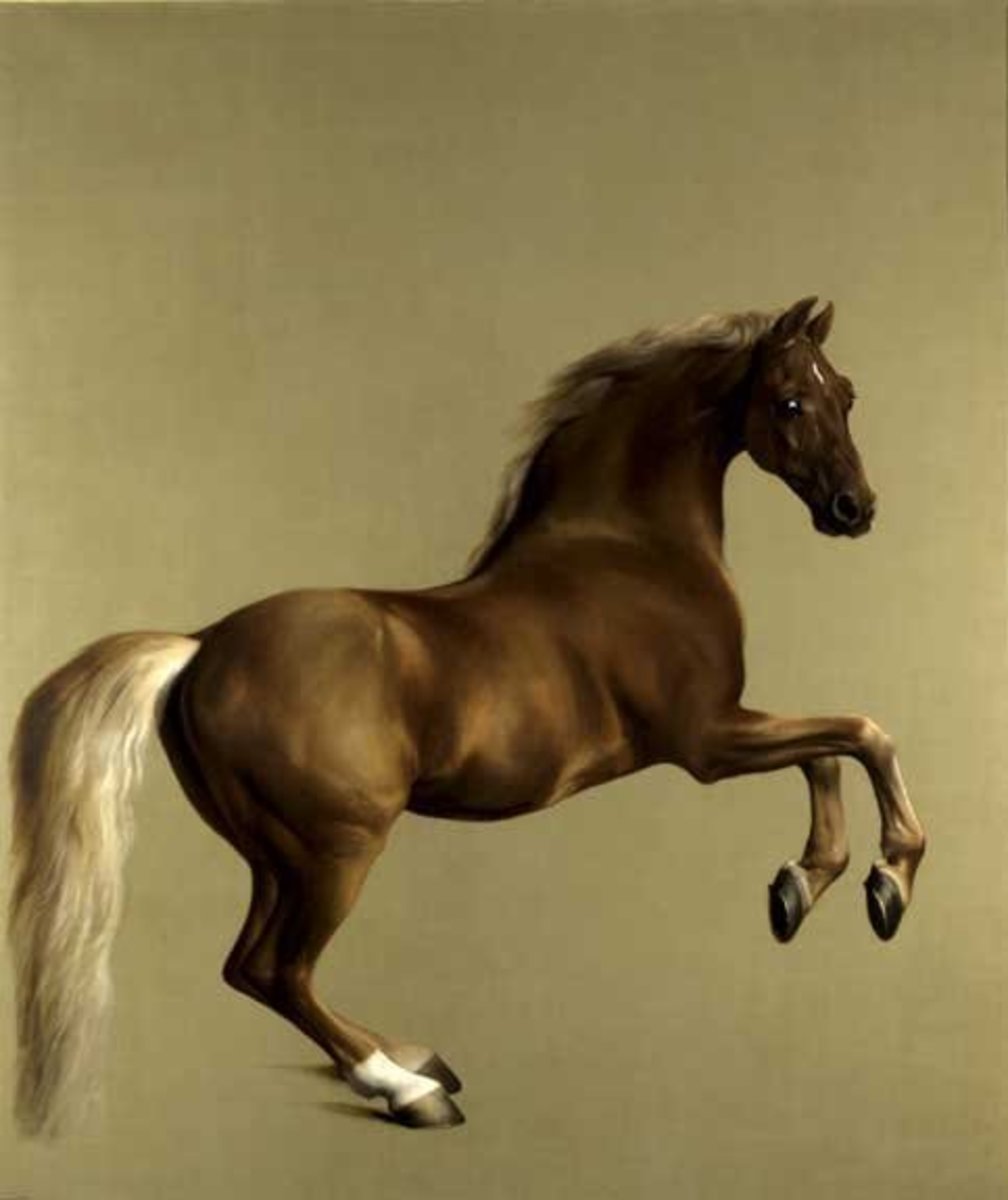The Art and History of Chinese Calligraphy
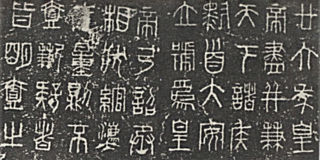
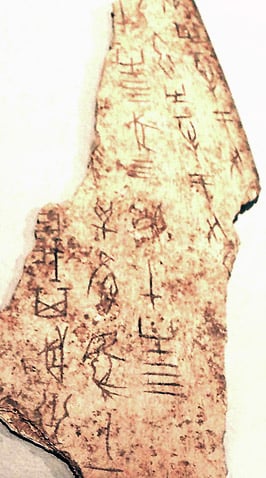
"Every horizontal stroke is like a mass of clouds in battle strength, every dot like a falling rock from a high peak, every turning of the stroke like a brass hook, every drawn-out line like a dry vine of great old age,and every swift and free stroke like a runner on his start."
Wang Tsi-Chih as quoted form "Chinese Calligraphy" by T.C. Lai
Ancient Chinese Scripts
Chinese calligraphy is a time worn and honored tradition that goes as far back as China's first dynasty. Each brushstroke has been perfected over centuries of practice and patience.
Not only has calligraphy been used as a form of written communication it was once a requirement for displaying Chinese art or Chinese poetry.
"Bone Oracle Script", the oldest form of calligraphy, dates as far back as 1600 BCE. These early scripts were found on animal bones and tortoise shells and were used in divination.
These same scripts have been found on bronze vessels that date back to the Shang and Chou Dynasty.
Later this type of script evolved into "seal scripts." The large seal script of the Chou Dynasty (1122-1222 BCE) and the small script of the Chi'in Dynasty were brushed ink on strips of chien. Chien was a treated wood or bamboo. With the use of "Seal Scripts" we see the use of inks taking the place of engraving in gold or bone.
During the Han Dynasty(204 B.C.-9 A.D.) po, or silk, took the place of chien and bamboo.
Ts'ao Shu or "cursive script" became the official script of the second century A.D. and replaced "seal script" introducing new brush types, inks, and brush strokes. This script expresses considerable freedom of style and the calligrapher begins to express themselves through rigid brushstroke practice.
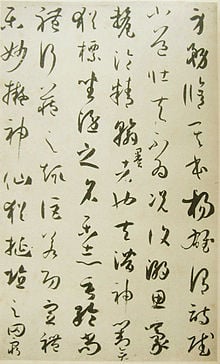
K'ai Shu or Regular Script in Education
There were many changes in the scripts until the T'ang Dynasty (618-906 BCE), were K'ai Shu or "regular script" was formed. This scripts was and still is the norm of writing calligraphy in China.
K'ai Shu or "regular script" began when Emperor T'ai Tsung of the T'ang Dynasty (618-906 BCE) ordered a search for new letters and manuscripts of Wang Hsi-Chuh (301-365 BCE) to start the first model of calligraphy studies. These letters and manuscripts from Wang Hsi-Chuh where used to establish the standard for "regular script."
Religion played an important role in the spread of and the adherence to "regular script" around China. Before the T'ang Dynasty the Han Dynasty (204 B.C.- 9A.D.) established Confucianism as the official orthodoxy of the nation. Confucianism started a rigorous system of education that required all students to study calligraphy as a basic skill.
Also during the Han Dynasty the art of calligraphy started to spread away from the Emperor's court and into rural China with the widespread use of paper. By the time "regular script" began to take shape the study of calligraphy had become common in most homes.

Wood Block Transcriptions
At the same time paintings and art were not considered worthwile artistically unless they had inscriptions on them.
Under Chao Meng-Fu(1254-1322 BCE), whole books of calligraphy were transcribed with wood-block printing. The spread of paper and the use of wood-block printing brought artists and poets into the common man's home along with calligraphy from the artist.
All work had each artist or poets calligraphy printed on it to show authenticity. The poetry of T'ao Ch'ien(365-427 BCE) was transcribed by Su Shih and spread throughout China.
Without the use of "regular script" calligraphy prints many of the artists and poets of the time would have been lost in antiquity.
The Ming Dynasty (1368-1644 BCE) tried to return to traditional calligraphy yet never returned to the original traditions.
Translations of "Four Books," a sacred text of Confucianism, by Cheng Hsieh (1693-1765 BCE) also tried to bring about a rebirth of traditional form. "Four Books," although beautifully written and illustrated did not succeed in bringing back the knowledge of older calligraphy scripts.
Timeline of Scripts Used
Dynasty
| Years
| Script Used
|
|---|---|---|
Chou Dynasty
| 1122-1222 BCE
| Bone and Seal Script
|
Chou Dynasty
| 1122-1222 BCE
| Cursive Script
|
Tang and Han Dynasty
| 618 BC to 9 AD
| Regular Script
|
Above is a table of the common script used by different Chinese Dynasty's.
Seal Script Demonstration
Success and Failure? No Known Address
Success and failure? No known address.
This or that goes on, depending on the other.
And who can say if Milord Shao was happier
ruling a city, or sacked, his excellent melon patch?
Hot, cold, summer, winter: don't they alternate?
Mayn't a man's way wander on just so?
Yes, those who "get there" know their opportunities...
have learned to untie the knots of knowledge.
But was it the notable or the notorious that our Sage spoke of?
The latter he called opportunists. Those who get there, doubtless,
know doubt nor care no more. Yet, doubt you not, nor do dead generals,
who plotted carefully at what seemed opportune,
and knew naught, right or wrong.
If, of a sudden, you're offered fine wine,
let the sun sink. Enjoy it.
By T'ao Ch'ien (365-427) English by J.P. Sexton
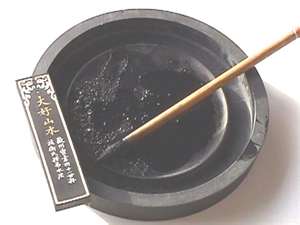
Materials Used in Calligraphy
The major materials used in Chinese Calligraphy are the brush-pen, the ink stick, and the paper. These writing materials reached their full development during the Han Dynasty (205B.C.-6A.D).
The brush pen had a stem made out of bamboo or wood. The pointed tuft of the brush used hair from deer, sheep, weasel, rabbit, or wolf.
The ink stick was made by mixing soot, animal glue, and water until smooth and creamy.
The paper used was aged mulberry bark, hemp fiber, or bamboo pulp.
Calligraphy is written on paper ruled in vertical columns to vary sizes, shapes, and placement of letterings.
Modern calligraphy kits include brushes, ink, and some kits include heavy paper.
When writing calligraphy the Chinese look for "balance", "symmetry", "tensions", "contrast", "harmony", "proportion", "confrontation", and "yeilding." All these properties are influenced by nature.
The practice of this art was used to help us find our own "balance" and is a perfect example of how concentrating on the creative process can create "harmony."
How Much Did You Learn?
view quiz statistics
"Legend has it that Ts'an Chieh observed the patterns and movements of the celestial bodies and earthly creatures before creating the earliest writing system."
From "Chinese Calligraphy" by T.C. Lai
Calligraphy at Home
Today you can purchase a decent calligraphy kit with brushes and inks from your local craft or hobby store.
There are many excellent books on how to begin practicing brushstrokes for a more practiced approach or how to create quick calligraphy letters.
There is also many videos online that can guide new calligraphy artists through their journeys. Enjoy learning a new skill and pick up a brush today.

